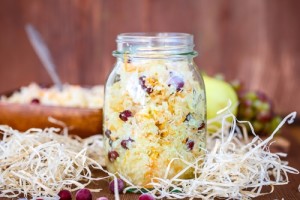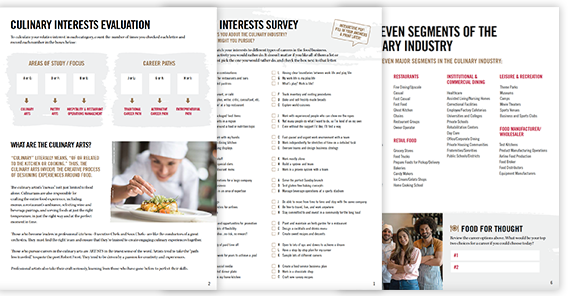Make Your Own Sauerkraut

If you are learning to cook, you will likely take an interest in the tasty possibilities of fermentation. As Nature Education explained, this is the chemical process in which yeasts or bacteria turn carbohydrates into alcohols and organic acids. Fermentation is necessary for producing alcoholic beverages, and it is involved in making and preserving a wide variety of foods, from bread to yogurt. Sauerkraut is an easy way to get started on fermenting at home.
Fermentation for beginners
Sauerkraut is cabbage that has been pickled through lactic acid fermentation. You can achieve this at home in a mason jar and a few simple ingredients. The Kitchn’s directions call for around three pounds of cabbage, 1.5 tablespoons of kosher salt and 1 tablespoon of caraway seeds for added flavor. Alton Brown suggested using a tablespoon of juniper berries as well.
Start by cleaning your mason jar and a smaller jelly jar that you can place inside of it. Rinse off the cabbage, disposing of any wilted leaves. Cut the cabbage into thin pieces and place them in a bowl with salt. Squeeze and massage the salt into the vegetables and add any additional flavoring.
Pack the cabbage mixture into the mason jar, including the liquid squeezed out of the vegetables. Insert the jelly jar to weigh the cabbage down and submerge it in the juice. Cover the top of the mason jar with a cloth or a small lid, so air can flow in or out.
Enjoying your sauerkraut
Author and fermentation expert Sandor Katz told NPR that it’s a good idea to check on the jar every day. After three to five days, the sauerkraut should be ready for you to dig in. However, the taste will grow more acidic over time, so you may want to let it ferment for as long as a few weeks. When you are satisfied, remove the jelly jar, screw on the mason jar’s cap and refrigerate.
Once you have your newly fermented food, you can incorporate it into a variety dishes. Add it to rye bread with corned beef, Swiss cheese and Thousand Island dressing for a classic Reuben sandwich. Use the sauerkraut as a filling for pierogies, or serve it alongside sausage.
Fermentation will open many possibilities for your cooking, whether you’re preparing a simple dinner at home or mastering complex dishes at a culinary arts institute. Get started by experimenting with sauerkraut today.






Recent Comments